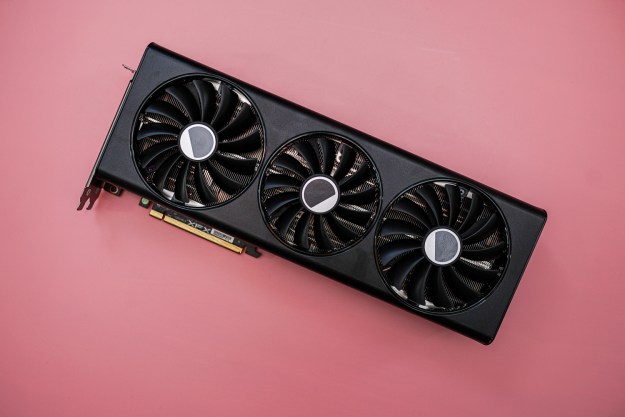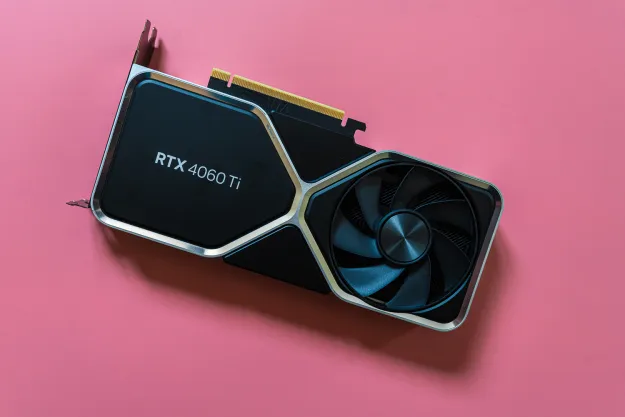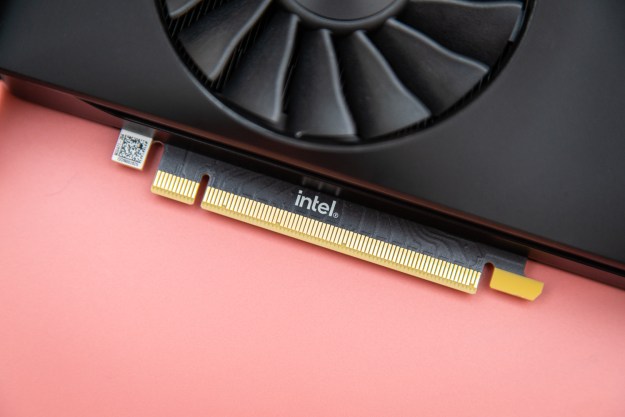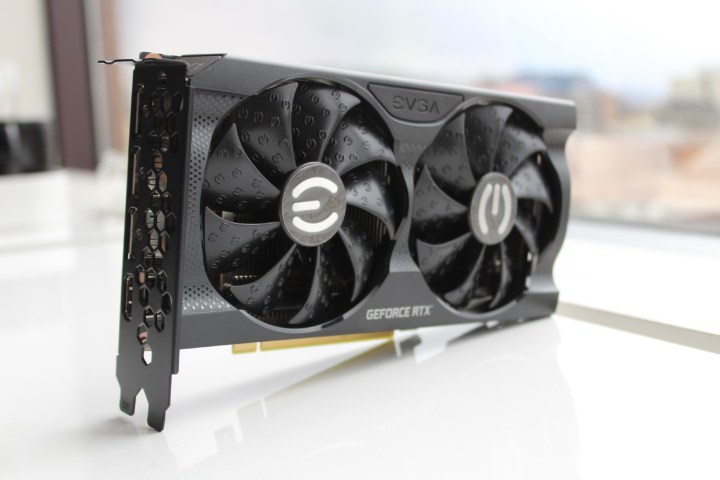
Nvidia’s RTX 3060 is a certified legend. It’s the most popular graphics card in gaming PCs, according to the Steam hardware survey, and that makes sense. For gamers playing at 1080p, you can’t ask for more than what the RTX 3060 offers between its low price, 12GB of VRAM, and features like Nvidia’s Deep Learning Super Sampling (DLSS).
But where do you go from there? If you picked up an RTX 3060 over the last couple of years and you’re looking to take your PC gaming to the next level, I rounded up the best GPUs to upgrade to from the RTX 3060.
I’m not looking specifically at budget, 1080p graphics cards here. The RTX 3060 is still a great GPU, and you shouldn’t need to upgrade if you’re happy at 1080p. I’m looking at graphics cards that can truly upgrade your gaming experience, allowing you to push up to higher resolutions and demanding settings like path tracing — assuming you’re comfortable investing a bit of money in your gaming rig.
Nvidia RTX 4070

The RTX 4070 is a massive upgrade over the RTX 3060. It’s a lot more expensive, but the recent release of the RTX 4070 Super has pushed down prices of the base model, and if you shop sales and the secondhand market, you can commonly find the GPU for between $450 and $500. For overall performance, you’re looking at going from 1080p at 60 frames per second (fps) to 1440p with frame rates commonly pushing toward 100 fps.
It’s a massive upgrade in raw performance, but the RTX 4070 really shines due to its features. It maintains great ray tracing performance like the RTX 3060, but with more power on tap, it can push demanding ray tracing settings like path tracing in Alan Wake 2. More importantly, the GPU unlocks Nvidia’s DLSS 3.5, giving you frame generation in demanding titles like Cyberpunk 2077 and Warhammer 40K: Darktide.
The RTX 4070 is a natural next step from the RTX 3060 if you want to take your gaming rig to the next level. It not only gives you access to 1440p with a playable frame rate, but also unlocks new features like path tracing and DLSS 3.5. The downside is that it’s expensive. The RTX 4070 is in a different class of GPU than the RTX 3060. It’s a big upgrade over the RTX 3060, but it also carries the biggest price premium.
AMD RX 7700 XT
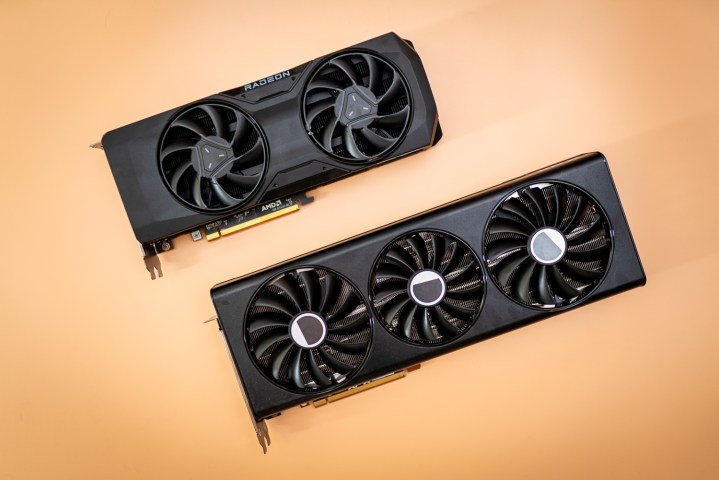
For something a little closer in price to the RTX 3060, you could go with the AMD RX 7700 XT. It retails for $450, but you’ll commonly find it for around $400 on sale or if you shop secondhand, making it only a slight upcharge over the RTX 3060. For that, you’ll commonly get twice the performance at 1440p, allowing you to easily hit over 60 fps in the most demanding games and commonly reach 100 fps in less demanding titles.
Raw performance is definitely the main draw for the RX 7700 XT, assuming you can find a good deal on one at around $400. Its list price at $450 is too high, and I’d strongly recommend going for the RX 7800 XT at $500 if you you’re considering the RX 7700 XT at list price. Thankfully, it seems most PC gamers have recognized that the RX 7700 XT is too expensive at $450, so you’ll find commonly sales.
Outside of raw performance, the RX 7700 XT offers a slight upgrade over the ray tracing performance of the RTX 3060, but it’s not as large as its raw performance advantage. AMD is still behind in overall ray tracing performance, so path tracing isn’t realistic on this GPU despite what its raw performance would suggest. You also don’t have access to DLSS with the RX 7700 XT, but the GPU supports both FSR 3 and AMD’s unique driver-based frame-generation feature, which is something you won’t find on an Nvidia GPU.
Nvidia RTX 4060
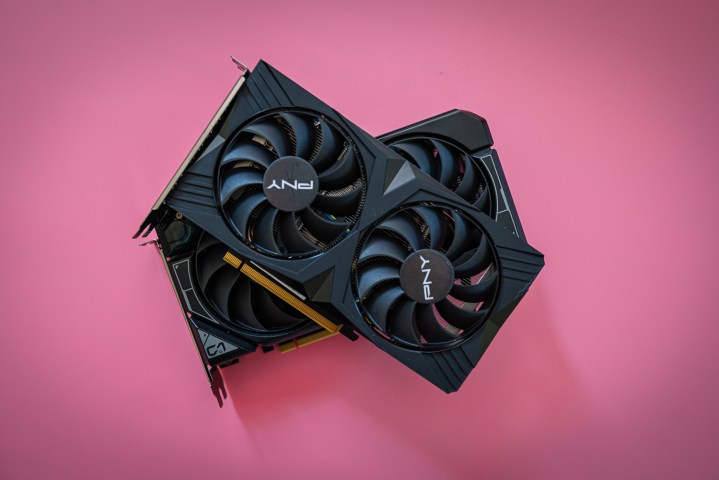
Nvidia’s RTX 4060 takes the last spot on this list, and for good reason. It’s not always faster than the RTX 3060. Overall, it’s about 19% faster, but that same advantage doesn’t show up in every game. Due to the limited memory available on the RTX 4060, there are some titles where the two GPUs show identical performance.
So, why recommend it? The RTX 4060 has access to DLSS 3.5. It’s only a marginal performance improvement over the RTX 3060, and you’re still locked to 1080p for most games. However, DLSS 3 can take those demanding games and allow you to run them with frame rates in the triple digits. Add that on top of the generational improvement — even in games where the advantage is small — and the RTX 4060 can feel much smoother than the RTX 3060.
The main reason to recommend it, though, is that the RTX 4060 isn’t that expensive. At the time of writing, you can sell a used RTX 3060 for about $230 and pick up a used RTX 4060 for about $280. The RTX 4060 may not be a huge upgrade over the RTX 3060, but you can also pick one up without spending much more money.
Is the RTX 3060 enough in 2024?
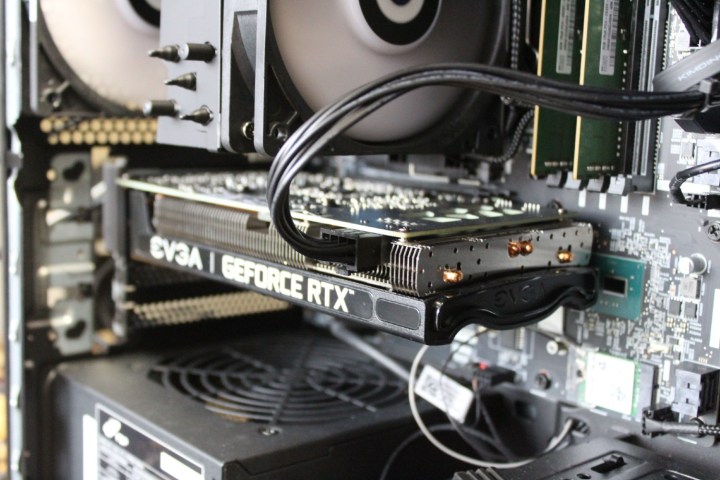
Although the RTX 3060 is only a generation behind, the GPU is now three years old. It can handle most titles without issues, but there are a handful of games, such as Alan Wake 2, where it feels underpowered. There are more powerful options in 2024 for around the same price as the RTX 3060.
That doesn’t mean you need an upgrade. As always, if the RTX 3060 is providing the gaming experience you want, there’s no reason to spend money on a new GPU. It’s still a capable graphics card in 2024, fit with DLSS and ray tracing support, as well as 12GB of VRAM. There are a handful of games where the GPU struggles, but for the vast majority of titles, it’s just fine.
The main reason to upgrade from an RTX 3060 right now is to move to a higher resolution. Spending a little more on something like an RX 7700 XT or RTX 4070 allows you to climb to 1440p and unlock new features — all while delivering a higher frame rate.
Editors' Recommendations
- All of the exciting new GPUs still coming in 2024
- AMD’s next-gen CPUs are much closer than we thought
- Don’t buy the RTX 3060 in 2024
- As a lifelong PC gamer, these are the apps I couldn’t live without
- GPU prices are back on the rise again



